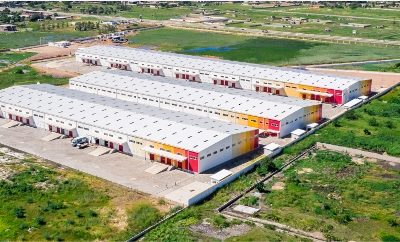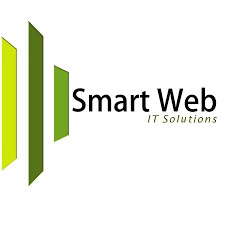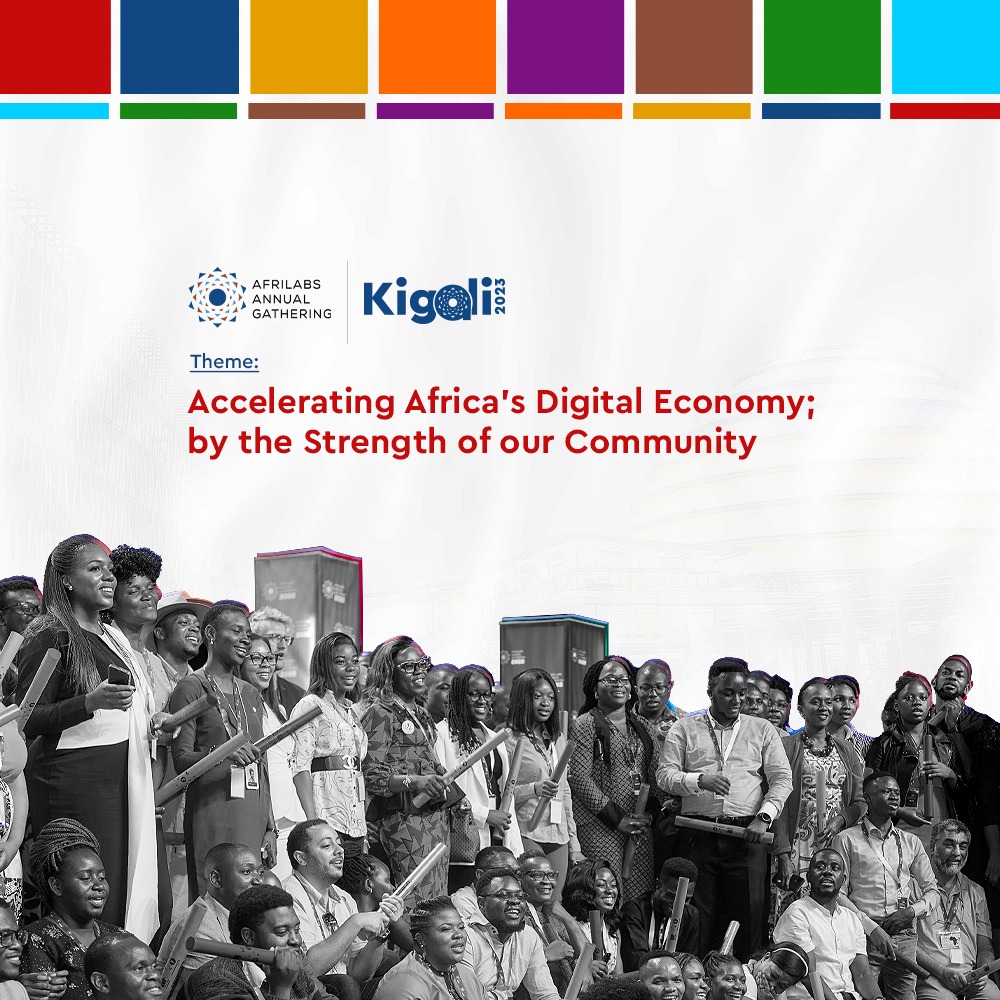By Sarwar Khan, Sustainability Director, BT
Gartner research shows that 50% of CIOs will have performance metrics tied to the sustainability of their IT operations by 2025 – and by 2027 25% of CIO compensation will be linked to their sustainable technology impact. This means that sustainability must now switch from abstract discussion to practical action.
RELATED: How to foster economic sustainability through Nigeria’s informal sector
Yet, organisations’ digital transformation agendas and their sustainability commitments are often at conflict with each other. For example, increasing demand for AI solutions, as well as data centre and network capacity needed to support AI adoption, boost energy consumption and carbon emissions, compromising corporate environment, social and governance (ESG) targets.
Compliance and prioritizing ESG goals
Compliance with ESG regulations and standards, and realising the promised benefits of sustainability, adds to the mounting pressure on CIOs. A recent BT-sponsored IDC InfoBrief revealed that CEOs globally are prioritising meeting ESG goals and commitments (rated most important by 44%) over driving digital business initiatives (rated most important by 37%). But there is an understanding of the critical role sustainable IT plays in ESG.
Sustainable IT promises to deliver a myriad of ESG and business benefits. It enhances transparency and measurement of ESG performance, boosting brand value, improving talent attraction and retention and avoiding reputational risk. It grows the organisations partner ecosystem and attracts investors. Operationally, it helps to improve productivity, drives innovation, reduces energy usage and operational costs and, ultimately, improves profitability.
The business value of sustainable IT is further demonstrated by the findings of the IDC’s 2024 CEO Sentiment Survey, which shows that the IT budgets of most businesses larger than 250 employees are driven by ESG-related business actions and that sustainability/ESG technologies are top-of-mind for new investments over the coming 12-months, after cybersecurity technologies.
Technology must act as ESG enabler
To accelerate the ESG journey and reap these benefits, technology must act as ESG enabler. CIOs can help to drive digitisation of sustainability-related business processes, use cases, and functionalities, as well as products and services that lead to reduction of waste, energy consumption, carbon emissions and resource usage.
The first step is to procure sustainable ICT solutions that can be measured and managed for impact. Our research with the IDC shows the top sustainability criteria in ICT procurement to be equipment and maintenance costs (38%), energy consumption and optimisation (37%), product performance (34%) and, of course, environmental impact including carbon emissions and use of sustainable materials (33%).
The next crucial step is to measure and manage a comprehensive view of the total impact of IT products and services. More than half of the companies surveyed are using carbon management software to measure the sustainability of their ICT infrastructure and support network redesign, as well as broader ICT transformation projects, to optimise for best results.
Place emphasis on Scope 3 Emissions
However, emphasis must be placed on Scope 3 Emissions – the indirect emissions in the value chain, both upstream and downstream. These are critical to meeting net zero targets as they account for 70% of business’ total carbon footprint on average, yet only 16% of companies have measured them. To address this, IT departments have started tracking and thereby reducing the carbon footprint in their ICT procurement as increasingly value chain partners are using data exchange platforms with standardised methodologies and technical specifications to share Scope 3 emission disclosures.
With demand for AI solutions on the rise, the third step for IT departments is investing in sustainable cloud network solutions for centralised management and visibility of their Scope 3 Emissions. Communications networks and data centres account for 24% and 45% of ICT’s carbon emissions respectively – and both are crucial to digitisation and AI adoption.
Sustainable cloud computing networking solutions can mitigate these impacts. Key features of this solution include that they are designed with energy efficient technology, are located in data centres with better power usage effectiveness (PUE), can be powered with 100% renewable electricity, offer optimised application performance and an AI-powered digital orchestration layer, and can be offered as network-as-a-service (NaaS) for control and management.
Leveraging sustainable cloud networking solutions powered with AI
Furthermore, sustainable cloud networking solutions, powered with AI technology, can be used to reduce operational environment footprint (Scope 1 and Scope 2 emissions) across organisations. In fact, 43% companies believe connected IoT, 5G, and edge computing are critical ICT technologies to meet ESG targets – and one in three companies claim energy usage and costs have decreased because of investments in sustainable ICT.
Traditionally, an IT estate can be extremely energy-hungry, pushing up the carbon emissions of an organisation. But this doesn’t have to continue. With the right tools and solutions, there’s huge potential for CIOs, CTOs and IT department leads to bridge the gap between advancing IT and sustainability objectives and thereby contribute to shrink their organisations’ carbon footprint. And partnering with leading ICT service providers is critical to meet sustainability and regulatory goals and will lead to business success.

Sarwar Khan is Sustainability Director at BT


































